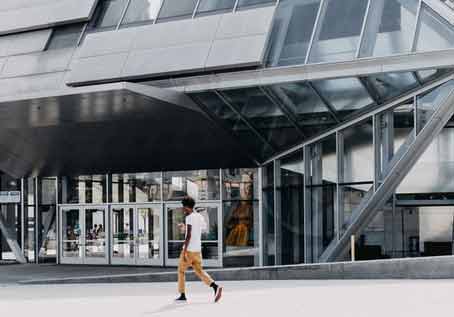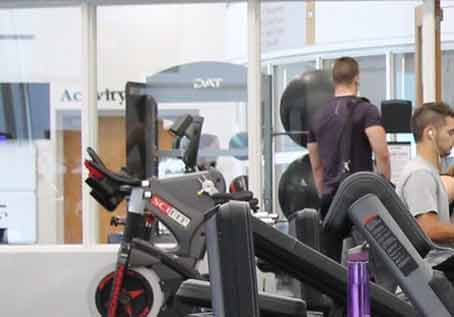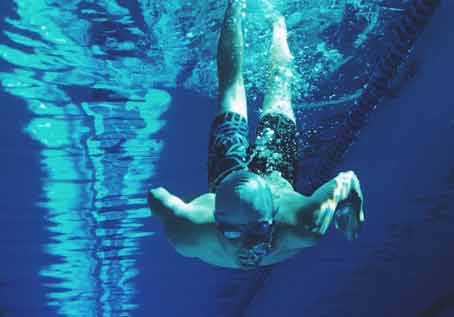College & University Fitness Facilities
Colleges and Universities
How to Create a Successful Campus Fitness Center
There are several key factors to consider when developing a new recreation or campus center:

A successful campus center will be the mecca center for students, faculty and staff, and should be designed to connect facets of the campus that are not usually connected. To that end, we’ve found success in developing spaces that are multi-purpose in nature to accommodate a “small community feel”. Important elements such as WIFI connectivity, comfortable seating areas, lighting and sound considerations make a significant difference in the user experience.

The facility should appeal to young people seeking high-quality sports training. To that end, state-of-the-art equipment, training spaces, locker rooms and functional training space should be carefully planned, especially when the space is shared by NCAA athletes. As we know, the level of training correlates to performance and student athletes will be comparing training advantages at your facility with others they’ve seen at competitive schools that they visit.

Establishing a vibrant and inclusive program where students can combat the “Freshman 15” syndrome and participate comfortably in a variety of offerings is a key factor with the success of any college or university entity. An active center will accommodate students who enjoy individual activities (such as rock climbing and swimming) as well as students seeking social connections (team sports, group exercise, yoga). The center should be able to house activities that are going to attract students who aren’t necessarily athletic but can benefit from active living direction. Developing an entity that visually embraces the opportunity to become the “healthy heart” of the campus is a significant opportunity.

The “Unique Factor” is an important ingredient in developing a successful campus entity. Many schools are looking to upgrade current facilities and should take time to focus on how the entity will match or positively impact the culture that exists at the school. A vibrant and healthy center will embrace the opportunity to become a place where the community can come together, connect and make memorable experiences.

Being accessible to all facets of the college community is an important piece to the center becoming the “hub” of the school. Having a visual connection to the campus, embracing the opportunity for natural light (and managing it) and creating easy access travel points to and from the facility are all important when considering the design.

Other key elements to consider include types of surfaces to use throughout the facility (wood flooring, multi-purpose flooring, rubberized athletic flooring, pads for wall spaces), layouts for fitness equipment (versatile areas for alternative workouts and to facilitate trends that will change over time), TV and message board placement, hydrating stations and security.






